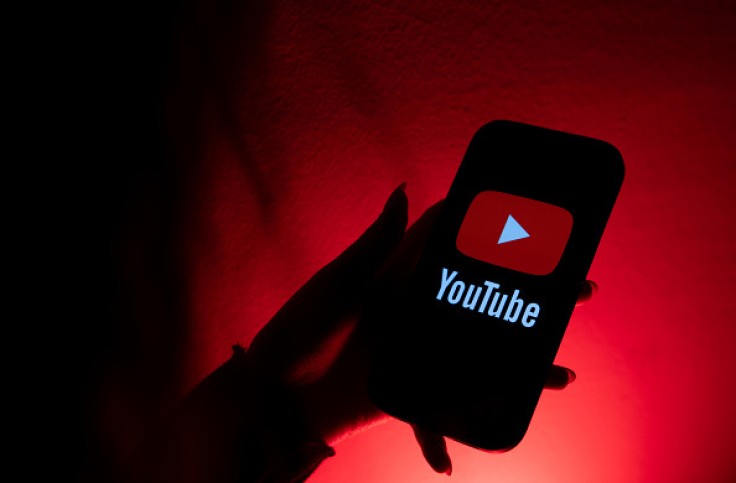YouTube has been trying to completely restrict ad blockers from its site, but some people still manage to bypass it. With the ongoing problem, the streaming service will start adding the ads through server-side ad injection.

How Does Server-Side Ad Injection Work?
To make the explanation simple, YouTube will be adding the ads directly into the video, making it a part of the content. Usually, ads are shown separately through the desktop web or mobile client, making it easier to identify and block them using third-party extensions.
It will be like content creators directly advertising products and services themselves. With the ads being part of the video, ad blockers will be rendered useless and YouTube will not have to implement measures that lock users out when they have ad blockers active.
The new measure is still in the test phase, as reported by 9To5Google, which means that there are already a few users who are encountering it. With success, the company will likely roll it out more widely, although it's unknown when that will be.
The server-side ad injections are part of YouTube's efforts to remain profitable leaving users with two choices. They will either have to subscribe to YouTube Premium or watch ads as they show up.
YouTube Skipped or Muted Videos for Ad Blocker Users
Just as users find other ways to skip ads after the most widely used ad blockers have become useless, YouTube has also created new consequences for those who do. When an ad-blocking extension is active, streamed videos will either be muted to skipped to the end.
Some users on Reddit shared their experience with the new restriction, saying that they were able to put the volume back on if the video was muted, but the video immediately mutes itself again as long as they left the volume slider.
A YouTube spokesperson addressed the issues, saying that "Ad blockers violate YouTube's Terms of Service," and that the company has been urging users for some time to support their favorite creators and show ads on YouTube or try YouTube Premium.
"An unrelated push to improve YouTube's performance and reliability may be resulting in suboptimal viewing experiences for ad blocker users," they continued. As reported by Android Authority, this was simply an effect of a performance-related update.
Starting As Early as 2023
YouTube has been hard at work in totally restricting ad blockers on the site, and they have been doing so since last year. One can even say that the change has been gradual, considering that the first time around, users were allowed to at least watch three videos before being blocked.
A pop-up will show up, stating that ads allow YouTube to be used by billions all over the world and that creators will get paid from their subscription if they choose to go with YouTube Premium. There are two buttons that lead to access. One is allowing ads and the other is trying the Premium subscription.









